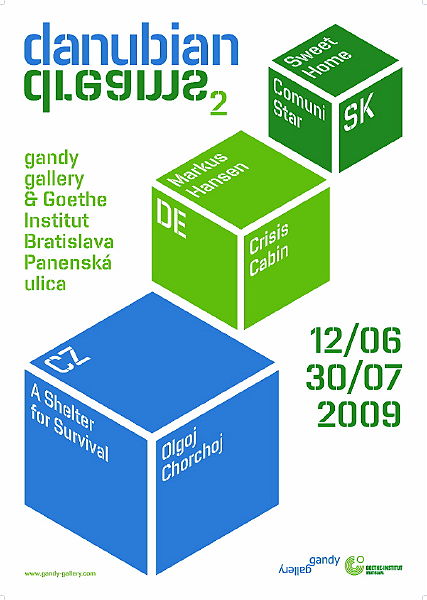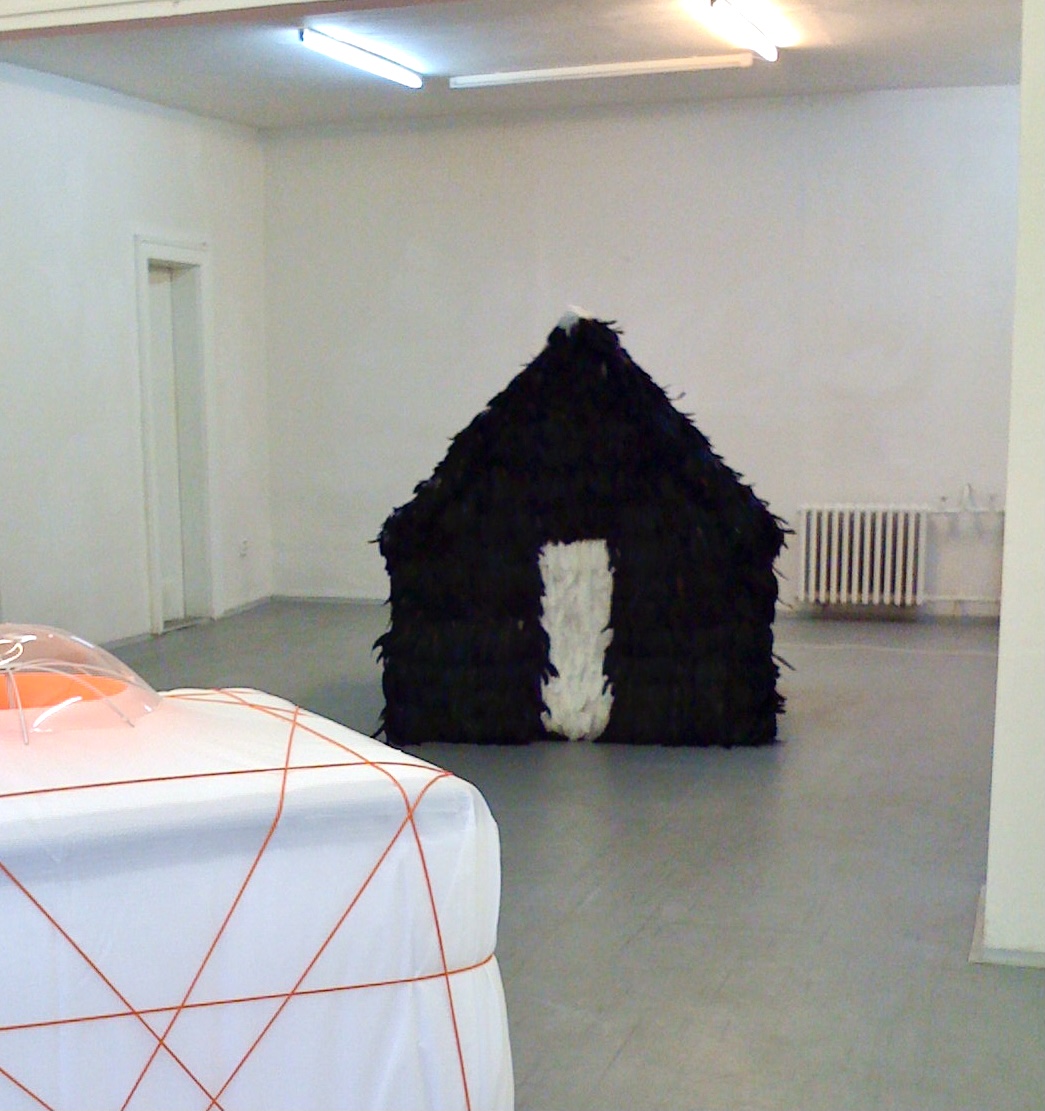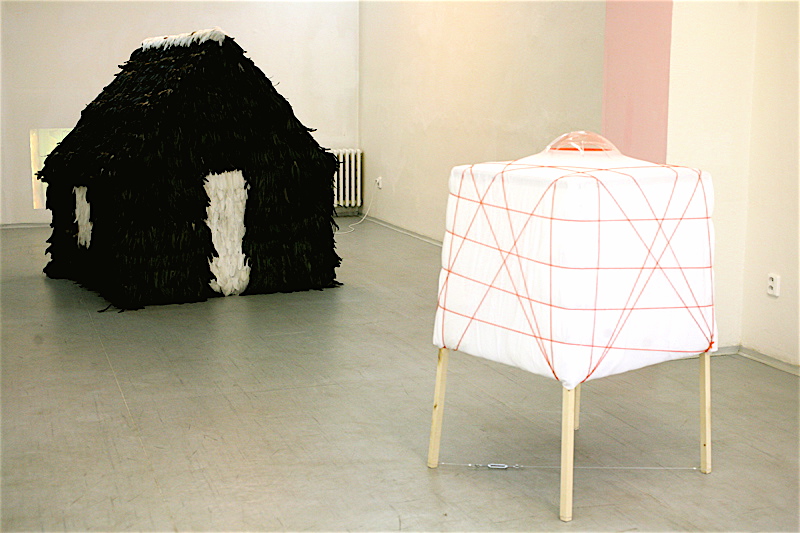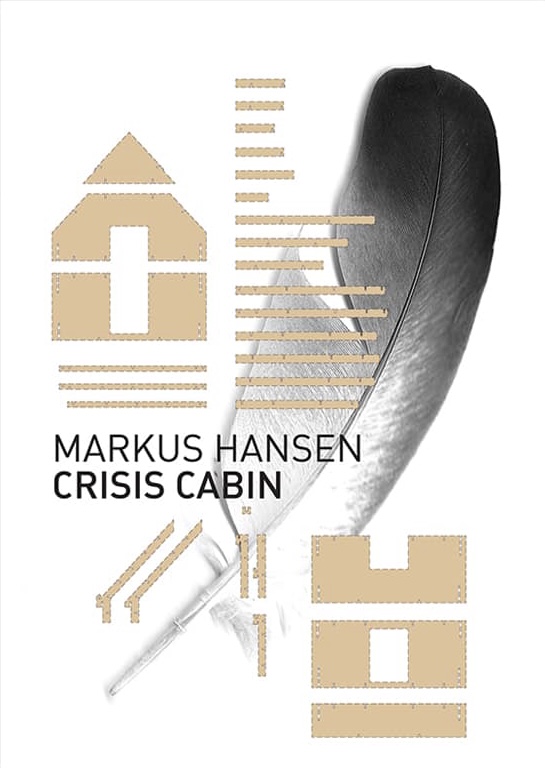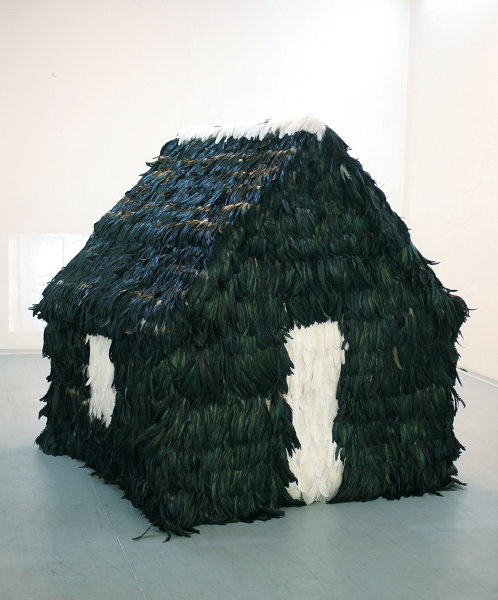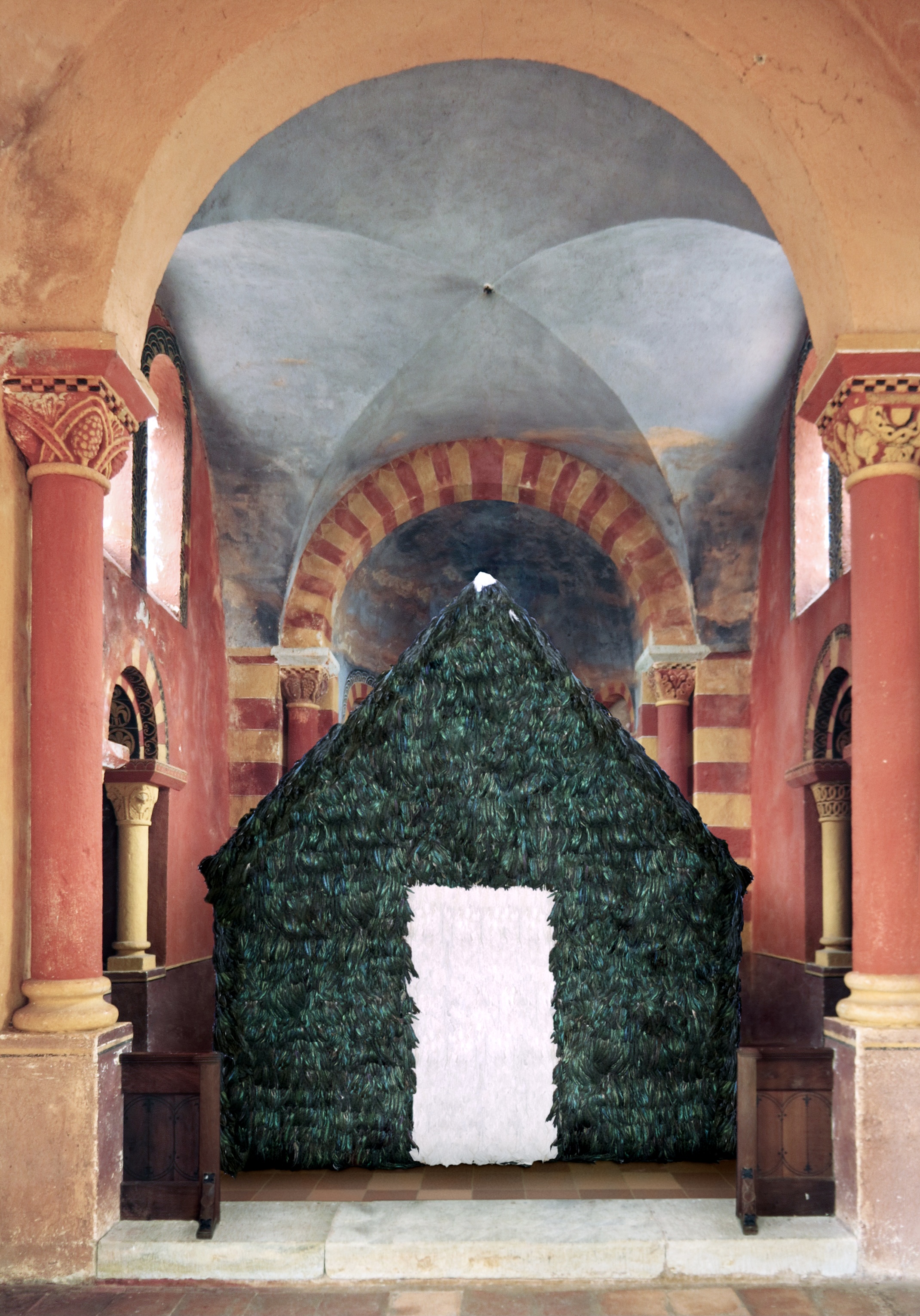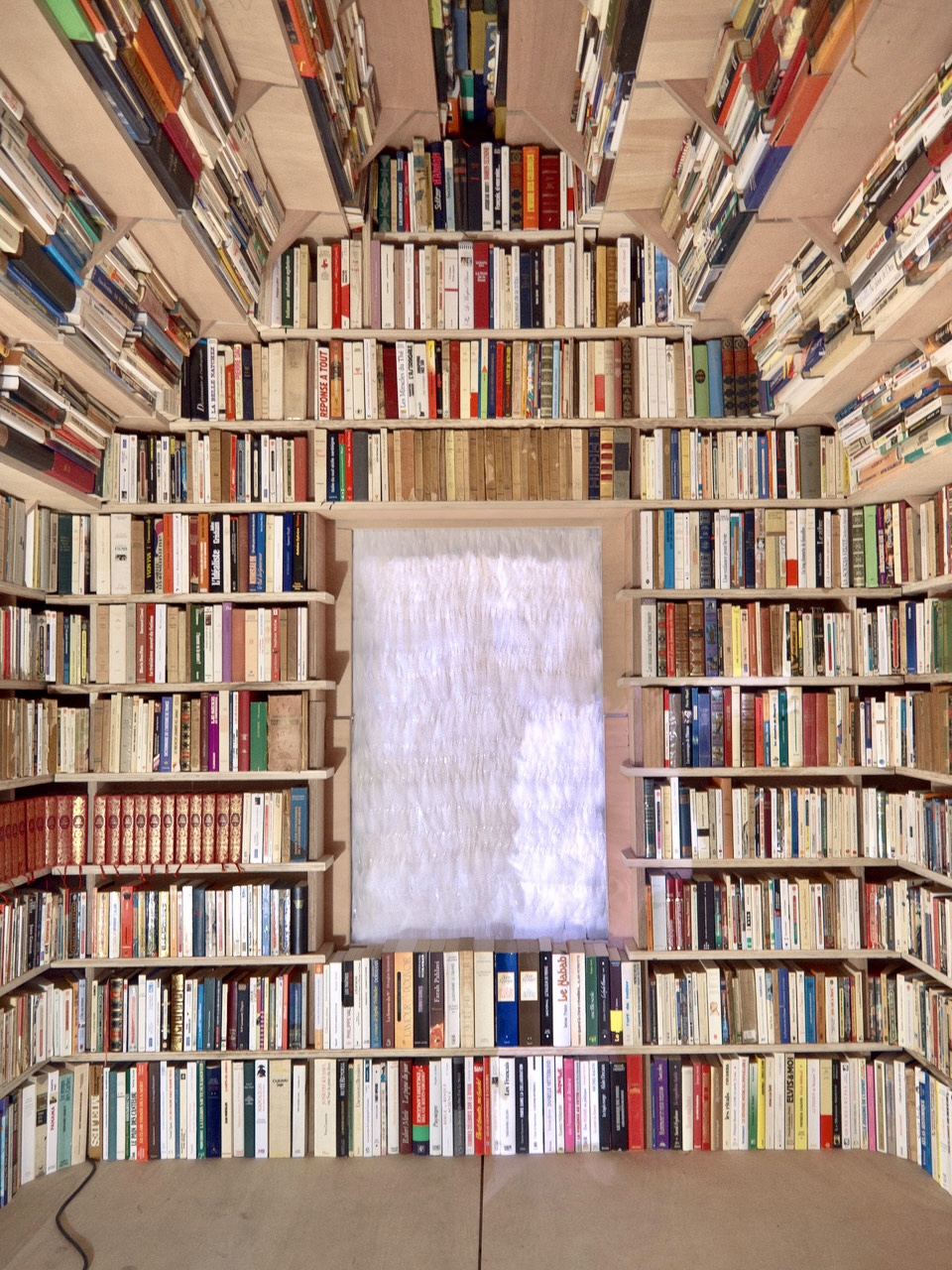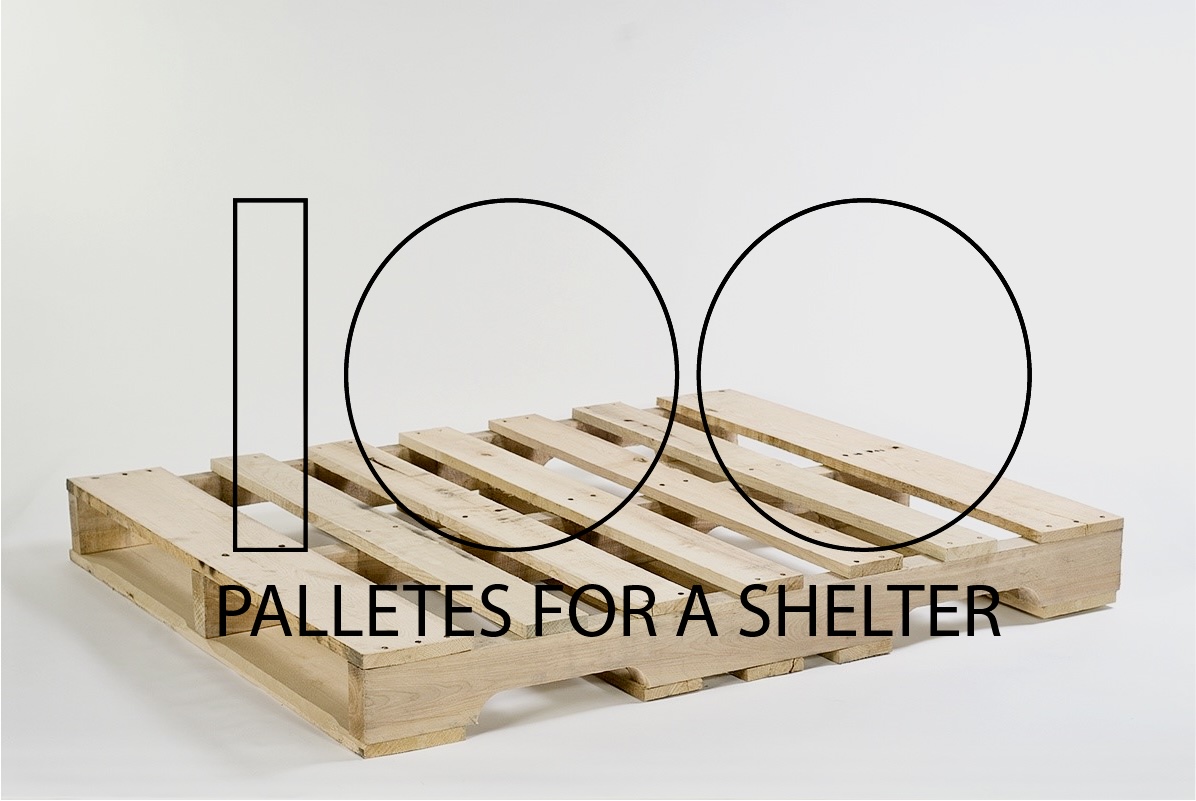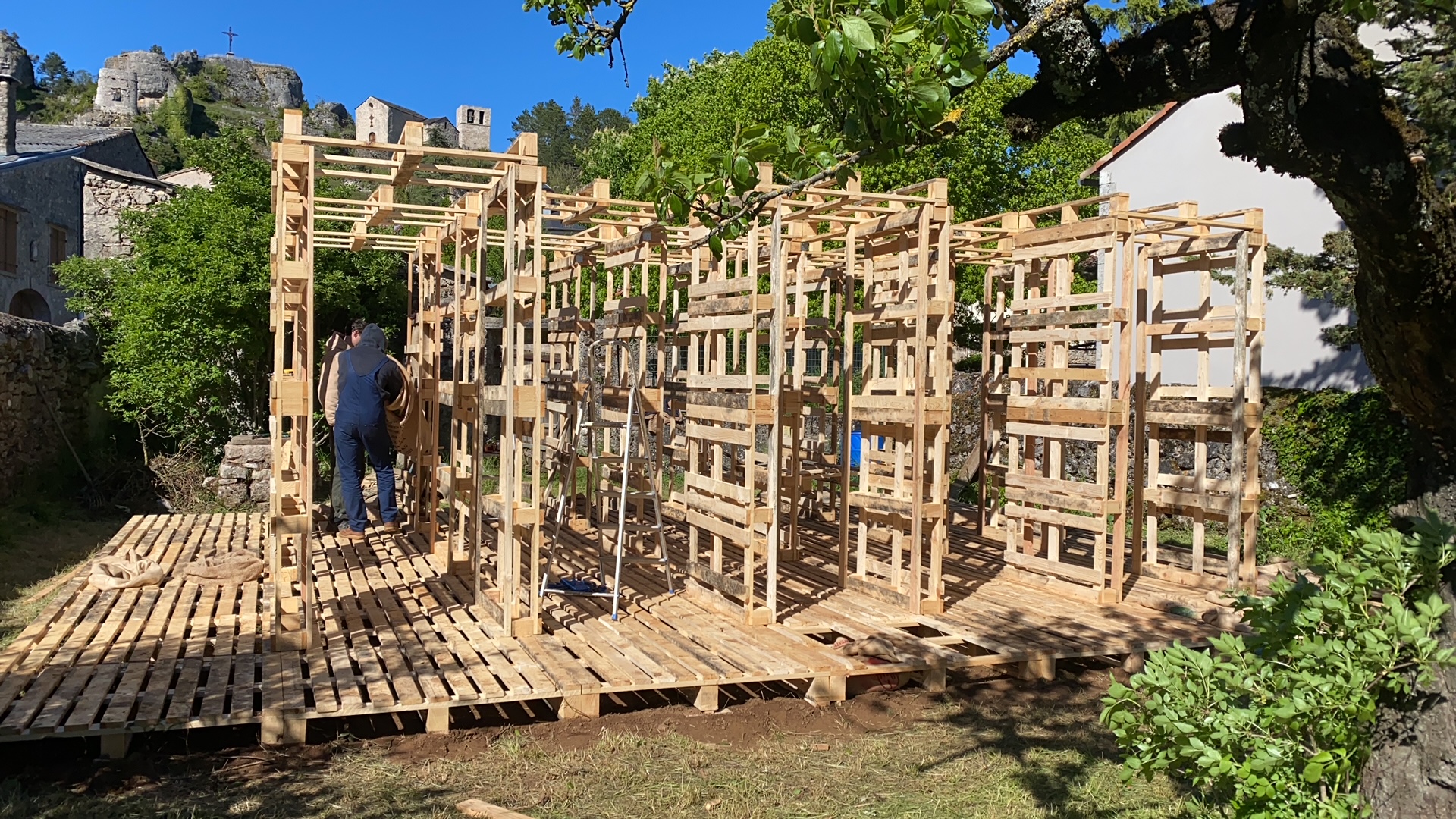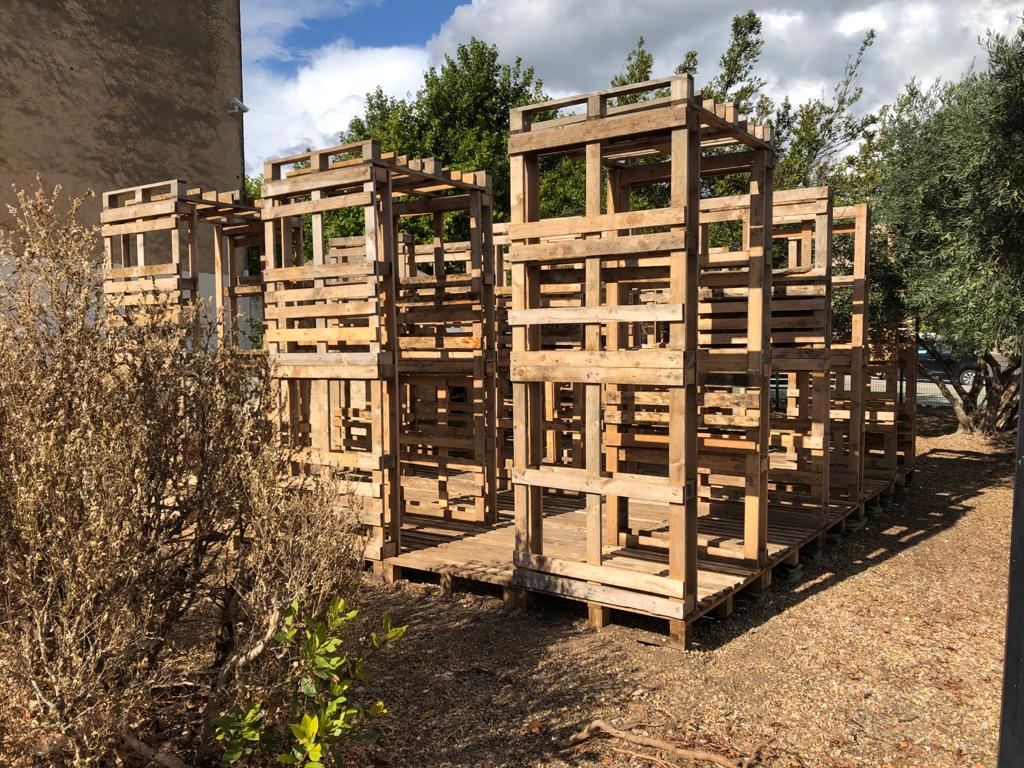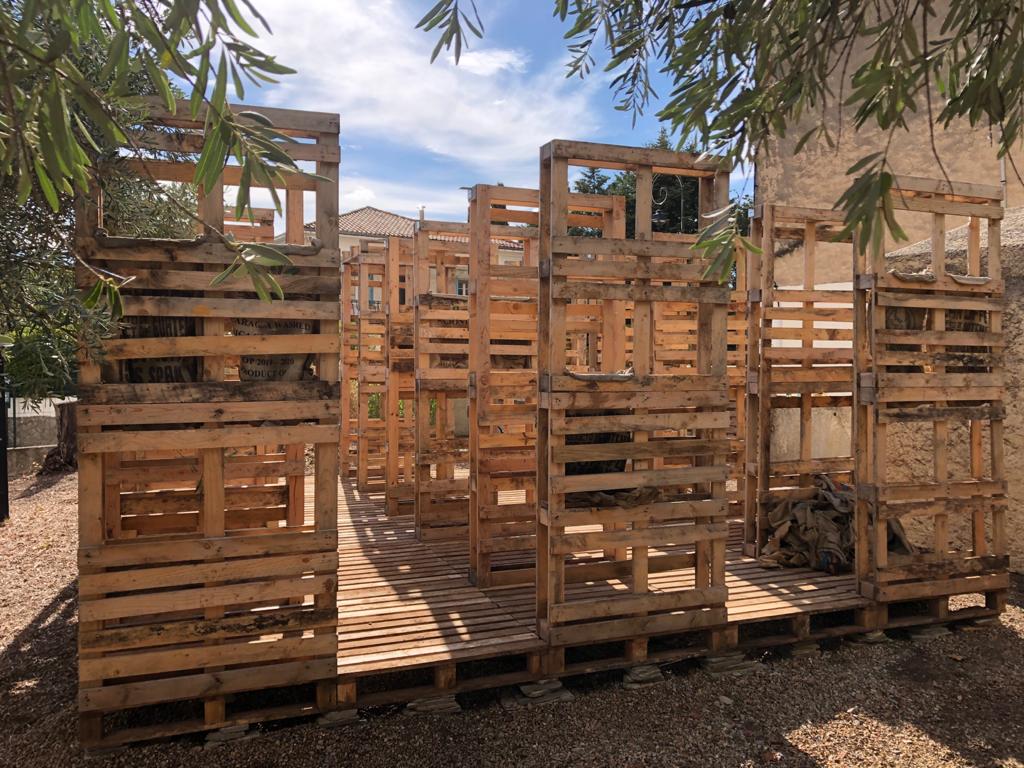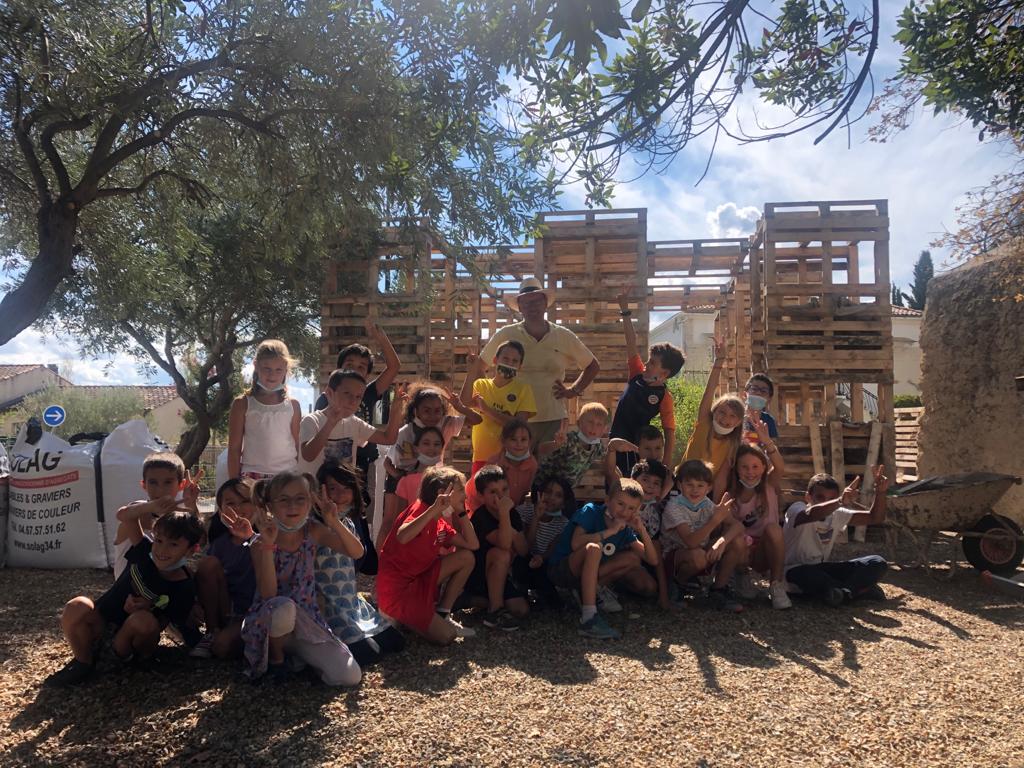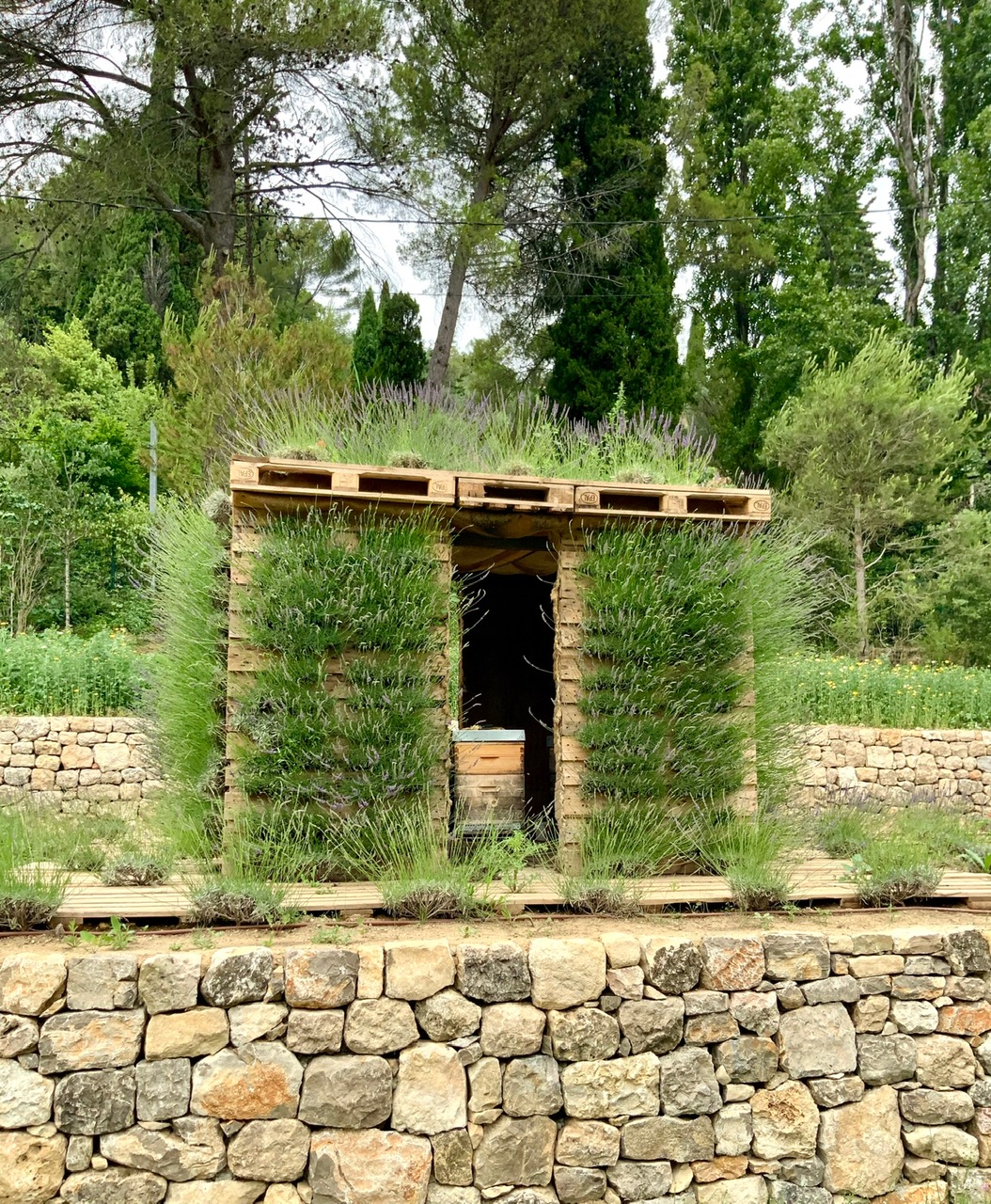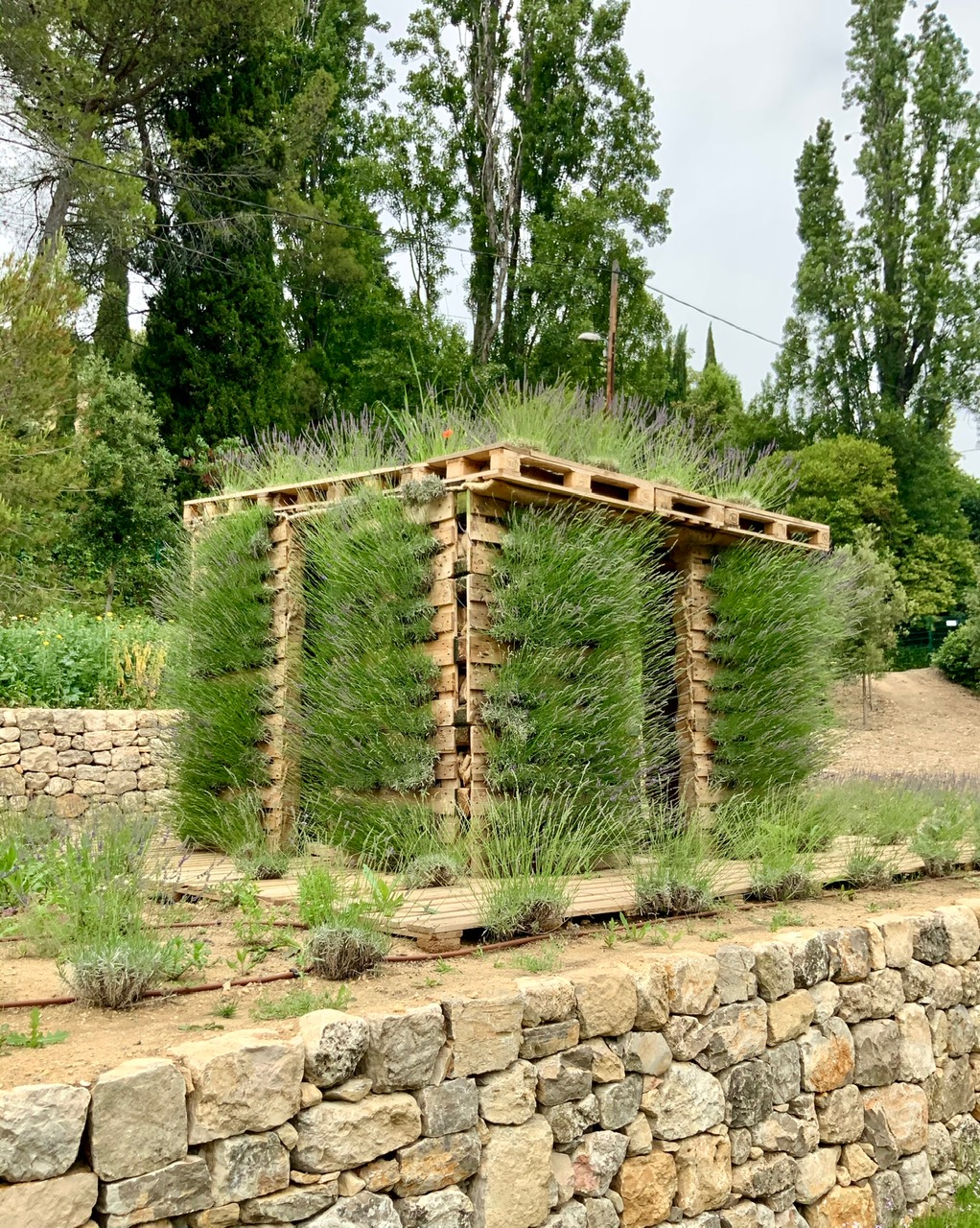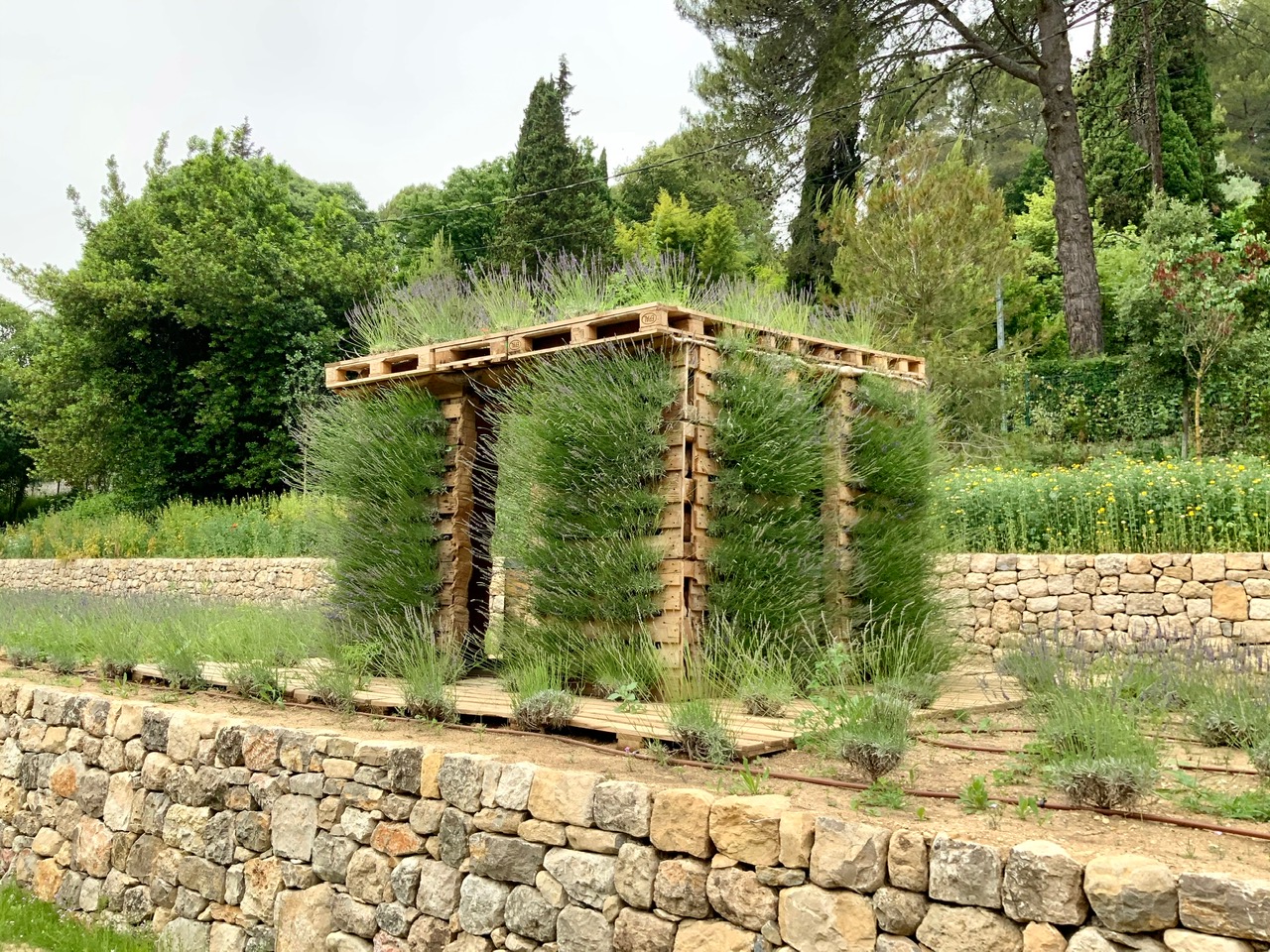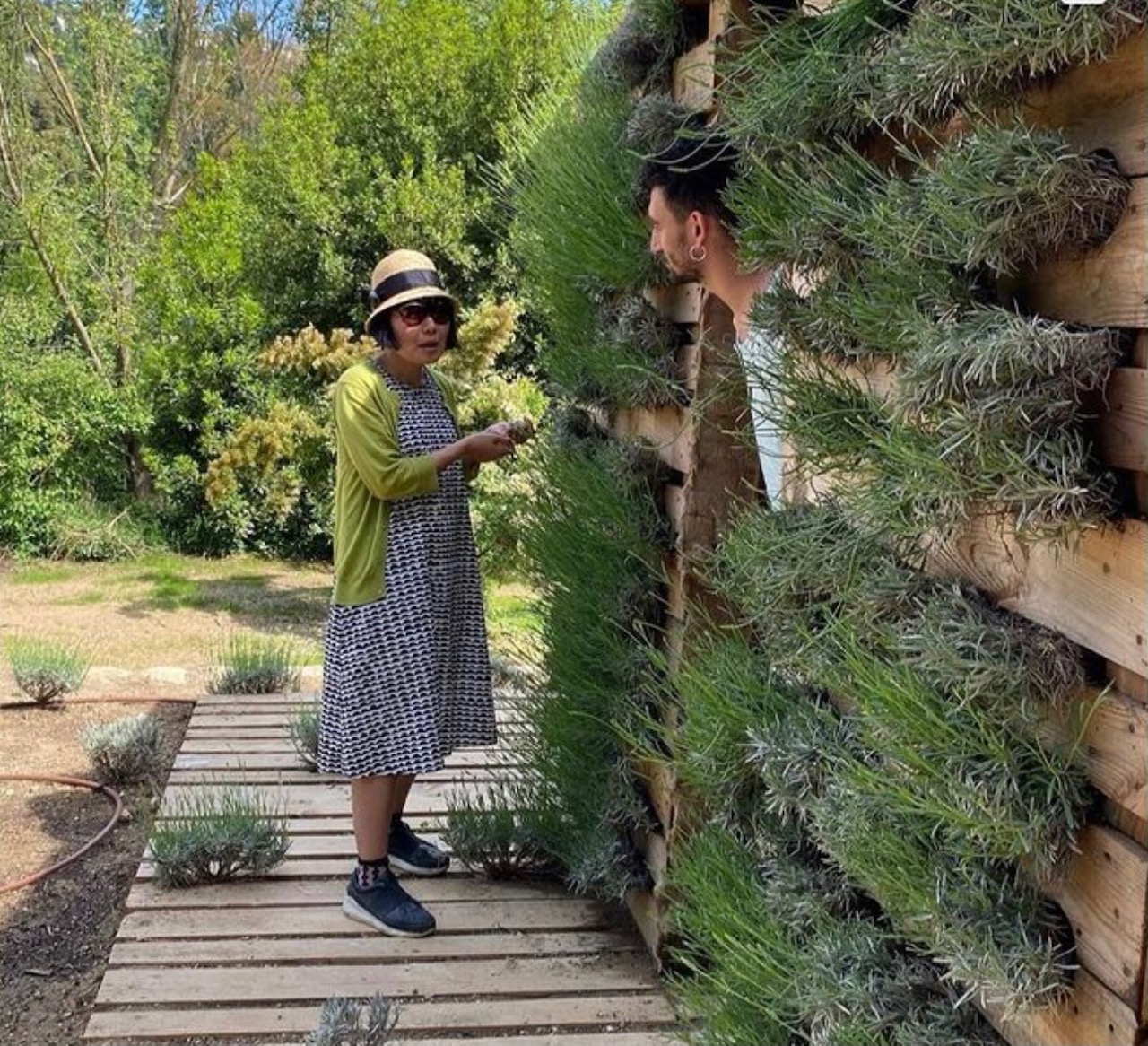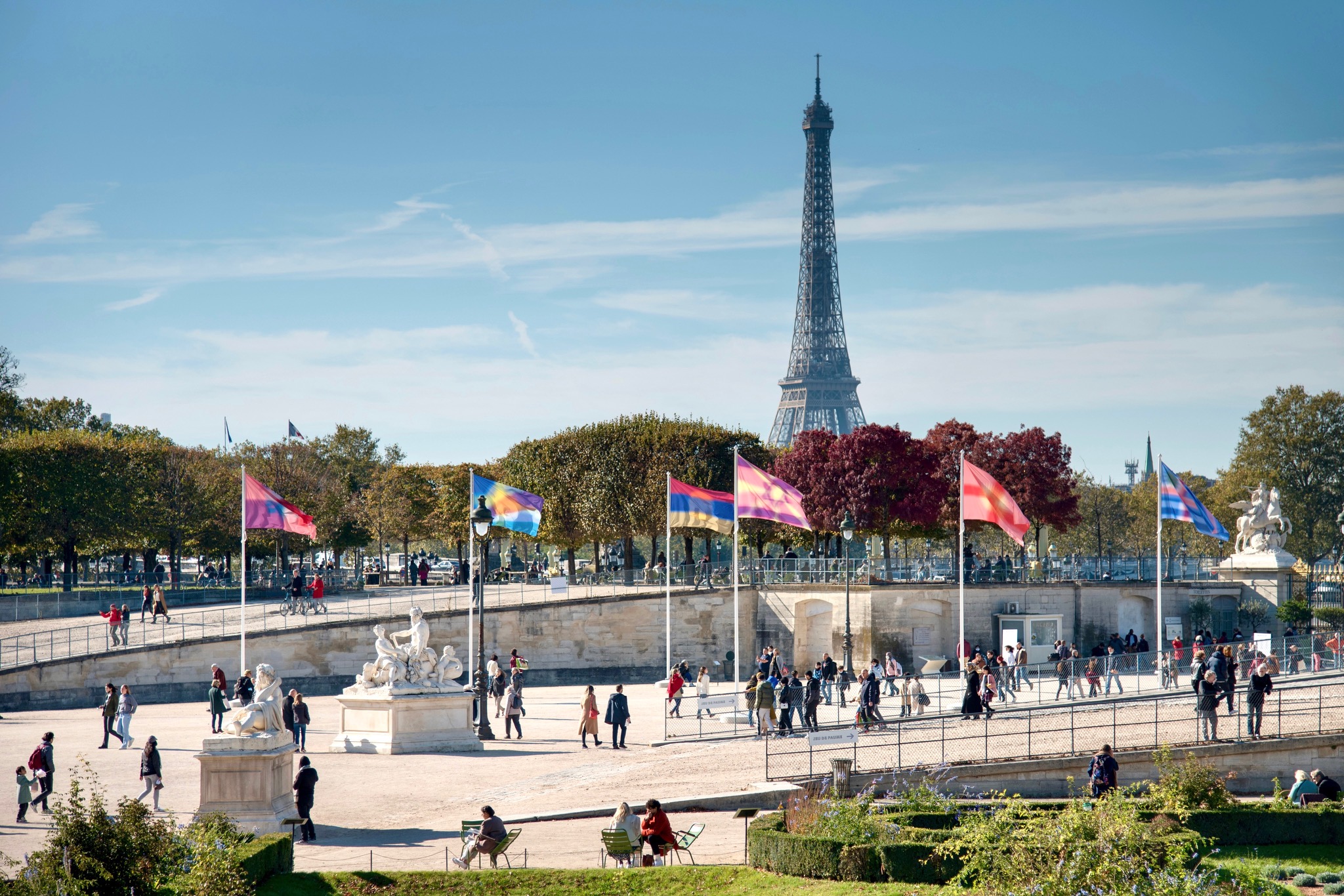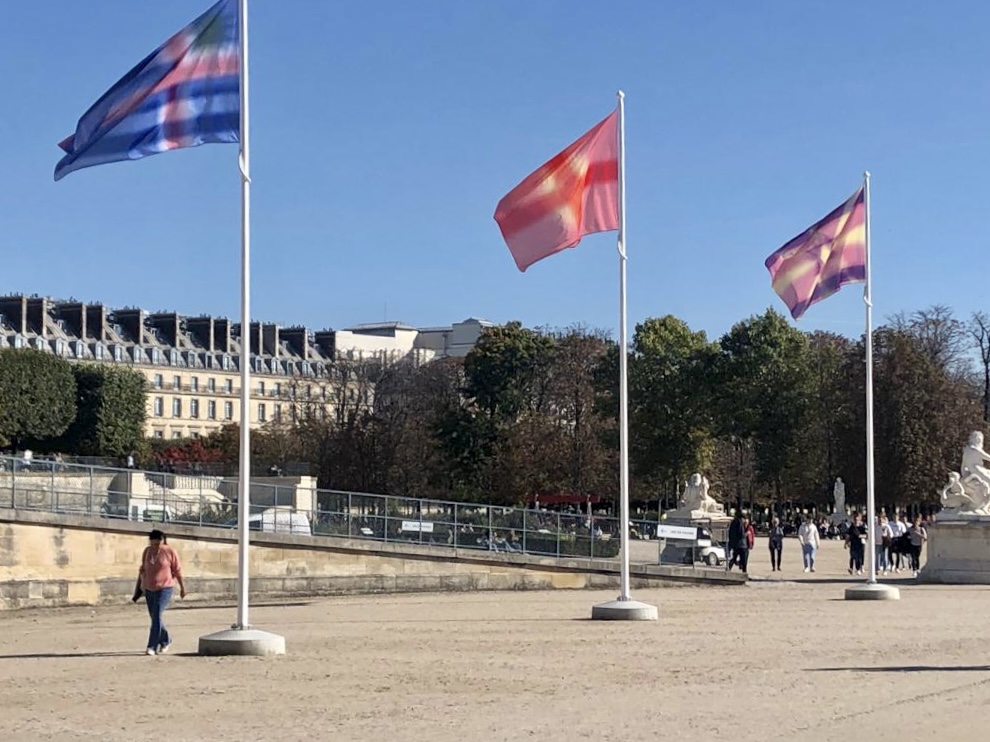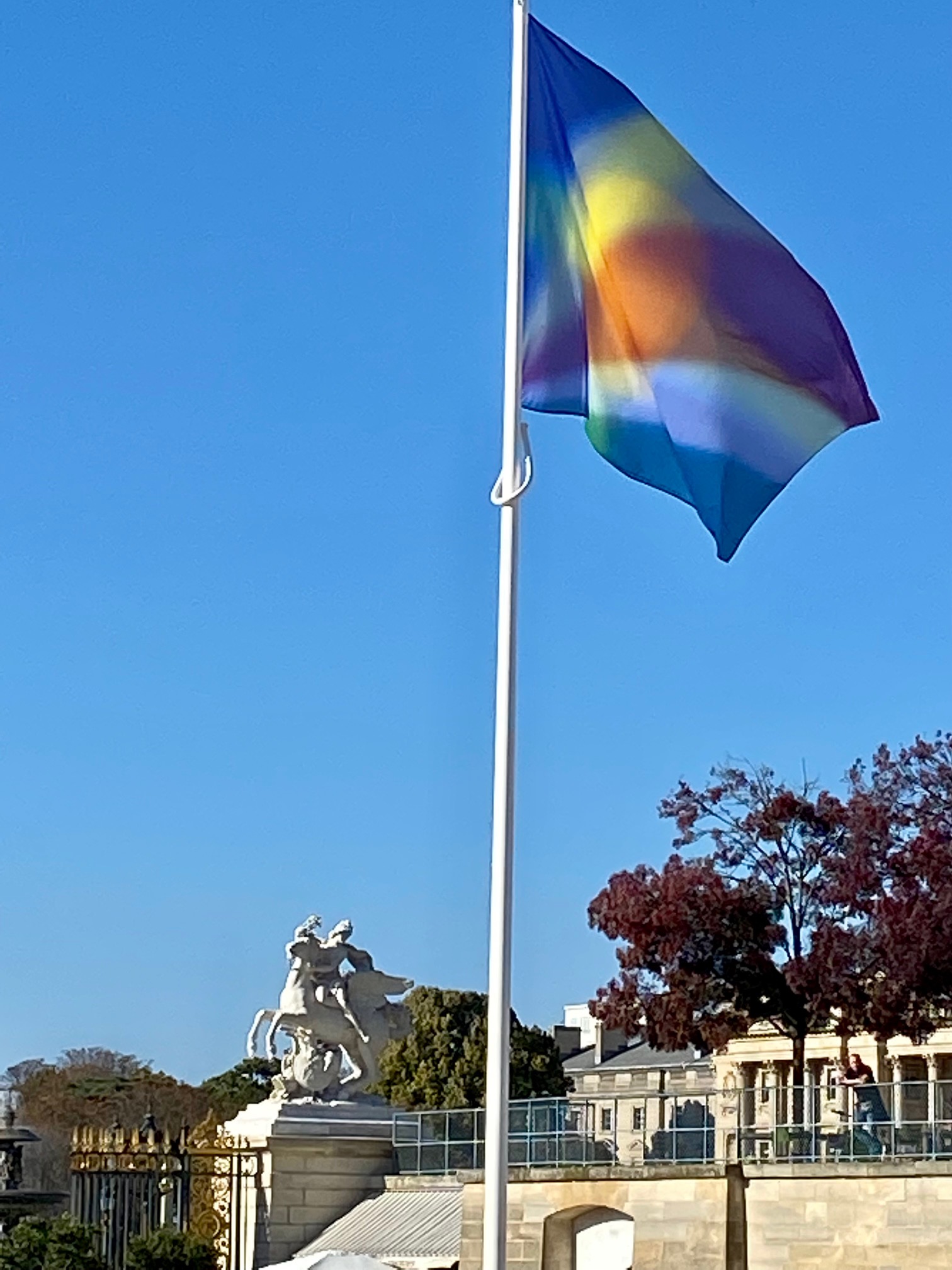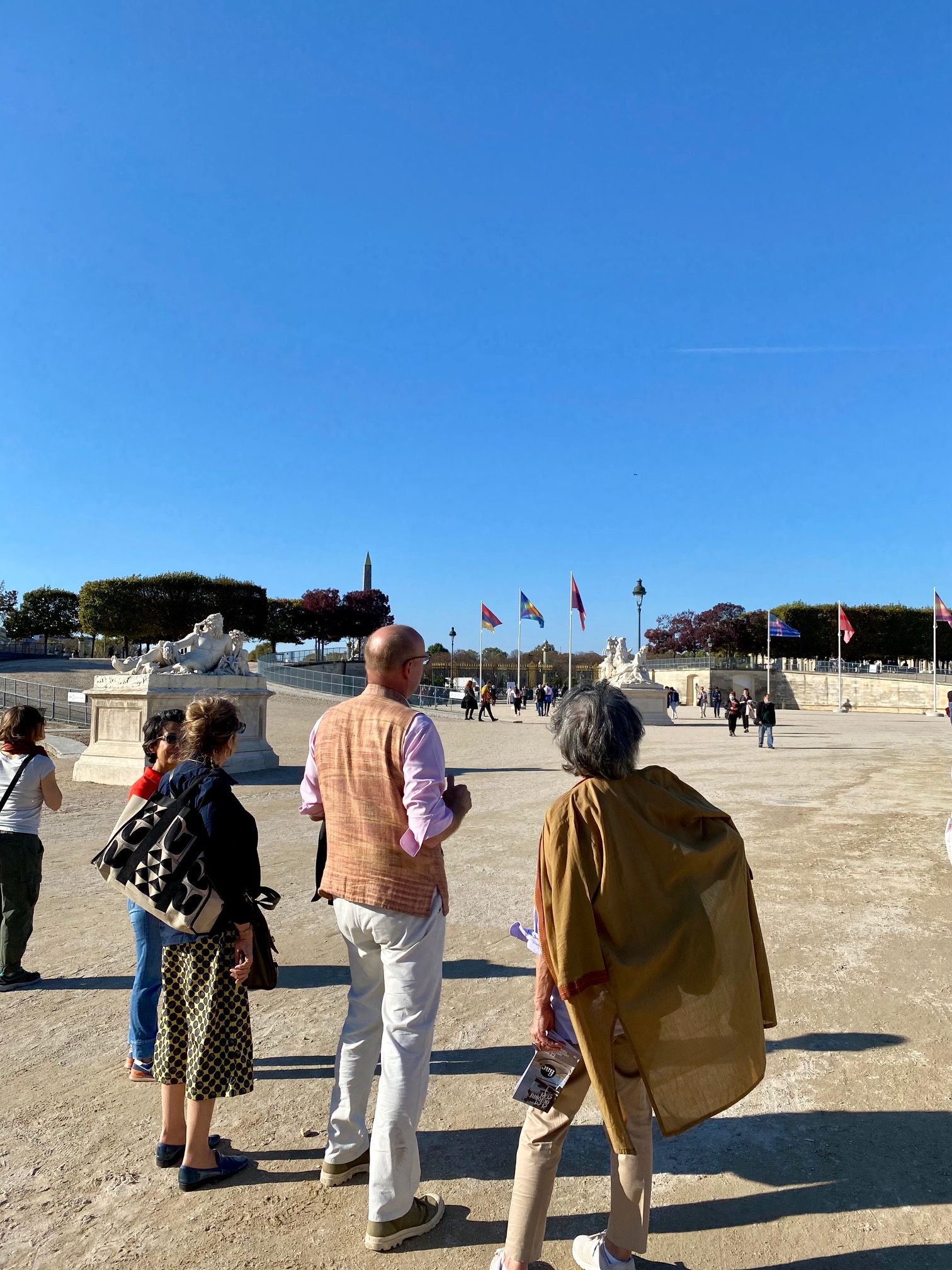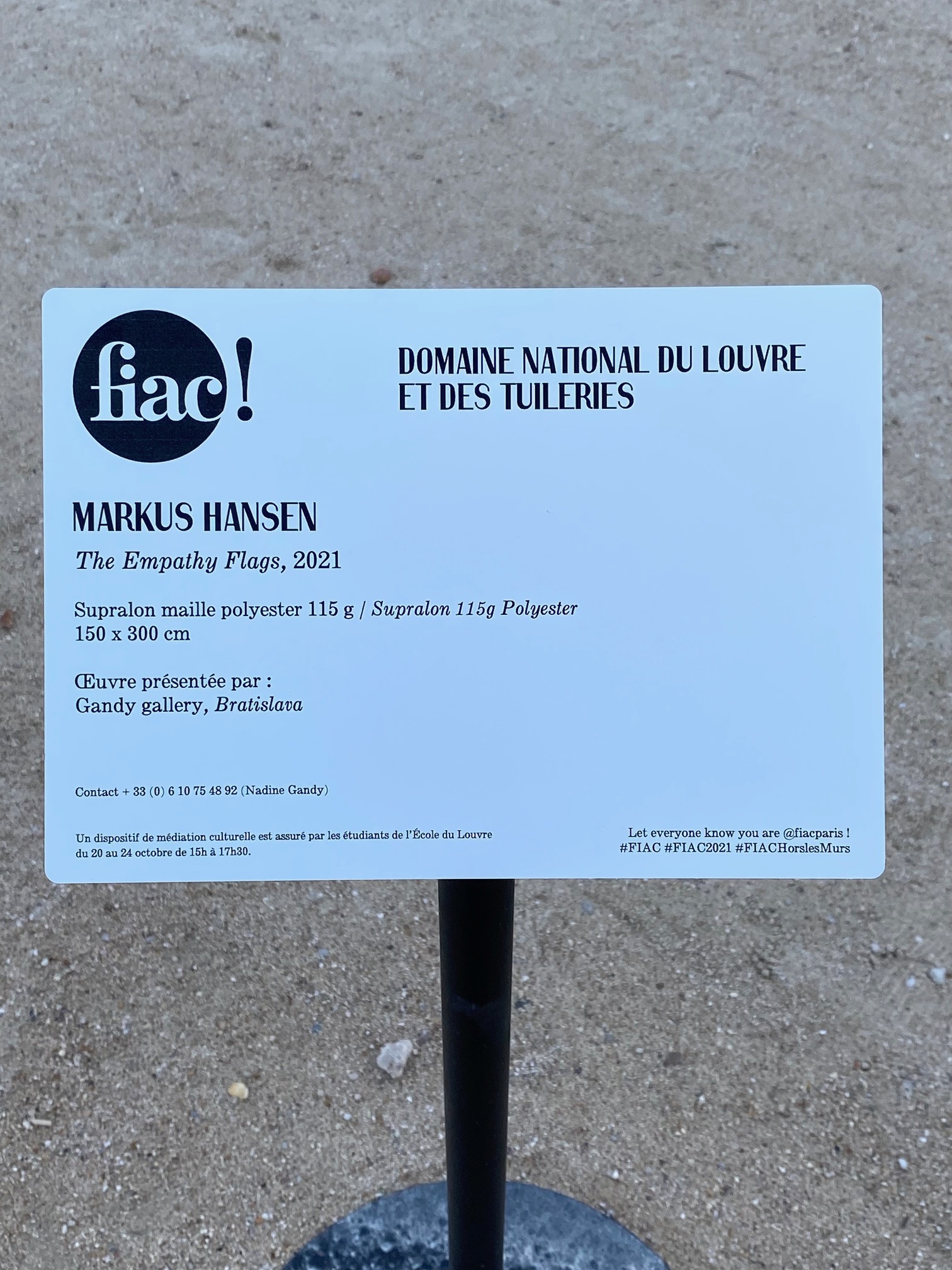Markus Hansen

Markus Hansen
Markus Hansen was born in Heidelberg, Germany in 1963. When he was nine, his family moved to Liverpool, England. After his art studies at the University of Reading, he assisted Joseph Beuys on the installation Plight. In 1986/87, he lived in Columbia, South America with the Waunana Indians pursuing his anthropological interests in the creative healing role of the Shaman.
Upon his return to England, he started exhibiting with Maureen Paley in London and internationally. He moved to Paris after a residence at the Cartier Foundation in 1992. In 2014 he moved back to London where he now lives and works.
A primary topic for Hansen is his critical thinking about German post war history and the social, political and emotional implications of the unspoken traumas passed on from generation to generation. Through the lens of his upbringing and family background, the work weaves together personal anecdote and reflections on contemporary society. Markus Hansen is interested in how information is communicated and transmitted between individuals and, in a large sense, across generations. In his new videos and photographs, Hansen is concerned with indirect, nonverbal ways in which people are indelibly connected by shared experience.
As a visual alchemist who explores tainted cultural ideas and their troublesome representations, Hansen transforms personal, cultural and art world experiences. In the past, he has borrowed imagery from historical German artists, taken photographs from his grandmother’s home, and stacked used champagne flutes from a private art opening into a glowing, floor-based chandelier to simultaneously layer and peel back meaning. The artist works in multiple styles and genres: printmaking, photography, film, video, performance, sculpture and installation. A distinguishable trait is his play of opposites, among them: light and dark, appearance and emotion, and heritage and history.
Danubian Dreams, 2009, Gandy gallery & Goethe Institut, Bratislava, Panenská
Crisis Cabin, Deyrolle, Paris, October-November 2010
Le parlement des oiseaux, château d’Aulteribe, France, 2011
Bêtes off, La Conciergerie, Paris, 2012
Crisis cabin, 2009-2012, Books, feathers and wood
Courtesy of Markus Hansen and Gandy gallery, Bratislava
Montpeyroux, France, June 2021
"Abri Comestible" 2020
800 x 1200 cm
7 x 8 x 2.40 m
Le Moulin des Ribes, Grasse, France, 2021
"The Generator" by Markus Hansen
This device that I call the “generator” generates honey, a lavender honey because the construction housing the hives is made from simple recovered pallets, the ones used for transport, and tufts of lavender have been planted in all its “voids”. The pallets make it possible to plant horizontally, vertically on the walls and, of course, on the roof...
The Lavender Generator uses the specificities of the construction of simple ubiquitous transport pallets to create a vertical lavender plantation that houses beehives.
Lavender also abounds on the paths leading to the entrances of our bee hive. It is also a sympathetic response to Beuys’ fascination with honey, its generative qualities and its aptitude for physical metamorphosis.
For Beuys, bees embodied an ideal vector for exploring the ingredients he believed were necessary for the creative process or even more globally for production: work (effort), process (time), energy (light), individuation (worker, queen), socialisation (bee colony, hive) and product (honeycomb, honey). Beuys’ Honigpumpe am Arbeitsplatz (Documenta 1977) illustrates Beuys’ own humanistic and social philosophy.
The Generator shifts the position of the human being, to one that tries to escape from anthropocentrism. The shelter is first thought of for the bees and their work and honey. My generator is autonomous and apparently inaccessible because of the lavender that grows everywhere and even seems to protect the accesses, accessible first and foremost to the bees. If human beings want to interfere in the history of honey and lavender, they will have to think before acting... They will first have to observe and understand at length that this biotope is not essentially intended for them. But the beekeeper will always be able to have access to the hives and collect the honey.
50 transport pallets, 100 burlap bags, compost and a number of lavender plants, 4 hives inside.
Copyright Gandy gallery / Markus Hansen / 2020
Collection Silvia Fiorucci - Roman
FIAC Hors les Murs Paris 2021
The Empathy Flags, 2021
Eritrea Iceland Uruguay
Israel Macedonia
Armenia Pakistan Palau
Albania Norway Panama
Kyrgystan England Germany
Greenland Sweden
flags: Supralon 115g Polyester, 150 x 300 cm;
poles: polyester, 8 m high; concrete bases
Courtesy of the artist and Gandy gallery
The six Empathy Flags are hybrids of national flags, layers of colours and shapes bleeding into one another making the defining characteristics of national flags, objects of affiliation and identification, become a celebration of the blurring of identity where shape, colour and movement are in a constant permutation. These coloured multilayered shades generate new infinite variations, hinting at our potential for interaction and the depth of our social experience.
The Empathy Flags playfully dodge definition, they create unstable ground as to our self identification. If many nation states were invented in the 19th century and their borders were often drawn in the abstract, invoking the security of people and countries to tie them to a fixed and eternal identity, perhaps we should now celebrate migration and the blurring of identity.
These flags of deep alliances, secret marriages, unfathomable complicities are paintings made to dance by the wind that suggest stories about identities, influences and journeys that constitute us…
